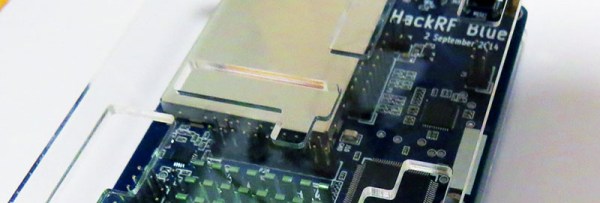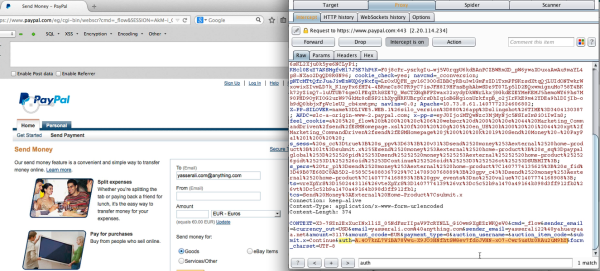Nicely timed to drop on the final day of Windows 7 support, Windows 10 received a fix to an extremely serious flaw in crypt32.dll. This flaw was reported by the good guys at the NSA. (We know it was the good guys, because they reported it rather than used it to spy on us.) It’s really bad. If you’re running Windows 10, go grab the update now. OK, you’re updated? Good, let’s talk about it now.
CVE-2020-0601 pic.twitter.com/8tJsJqvnHj
— Saleem Rashid (@saleemrash1d) January 15, 2020
The flaw applies to X.509 keys that use elliptic curve cryptography. We’ve discussed ECC in the past, but let’s review. Public key encryption is based on the idea that some calculations are very easy to perform and verify, but extremely difficult to calculate the reverse operation.
The historic calculation is multiplying large primes, as it’s unreasonably difficult to factorize that result by a conventional computer. A true quantum computer with enough qubits will theoretically be able to factorize those numbers much quicker than a classical computer, so the crypto community has been searching for a replacement for years. The elliptic curve is the solution that has become the most popular. An agreed-upon curve and initial vector are all that is needed to perform the ECC calculation.
There are potential weaknesses in ECC. One such weakness is that not all curves are created equal. A well constructed curve results in good cryptography, but there are weak curves that result in breakable encryption.
With that foundation laid, the flaw itself is relatively easy to understand. An X.509 certificate can define its own curve. The Windows 10 implementation doesn’t properly check the curve that is specified. A malicious curve is specified that is similar to the expected curve — similar enough that the checks in crypt32 don’t catch it. Continue reading “This Week In Security: Windows 10 Apocalypse, Paypal Problems, And Cablehaunt”















